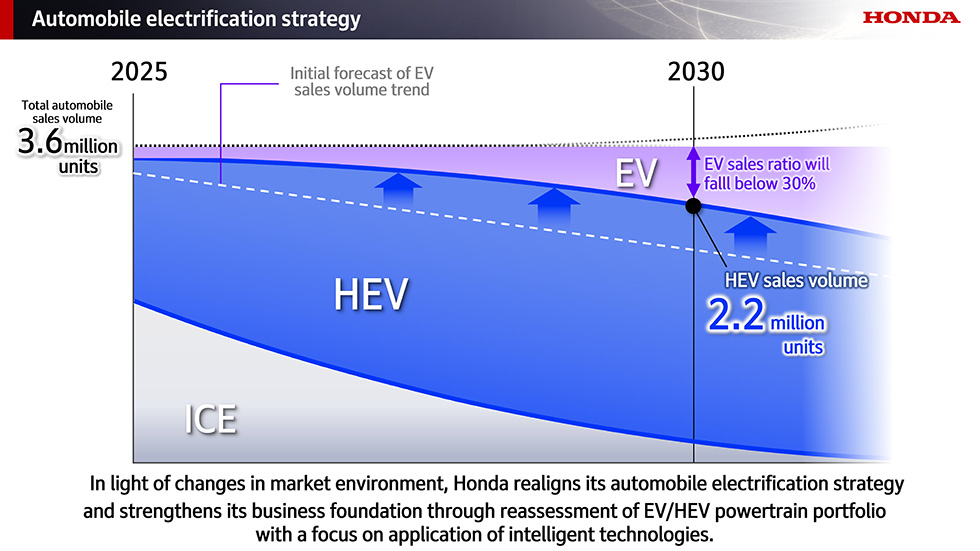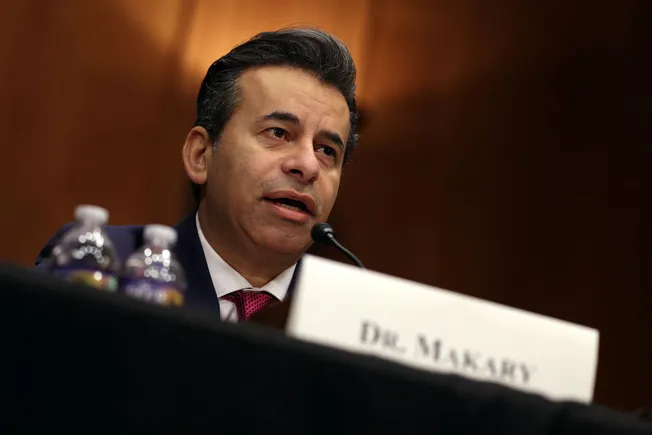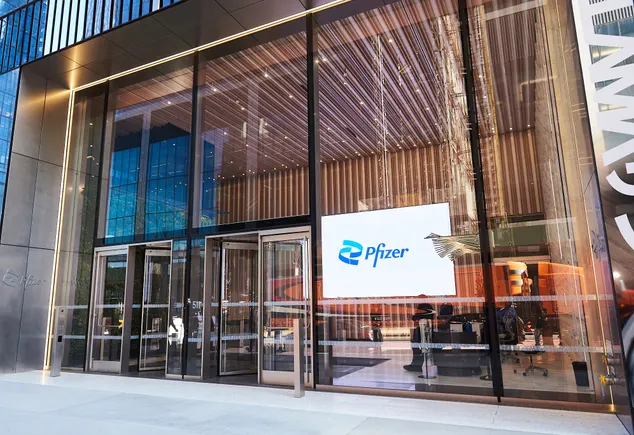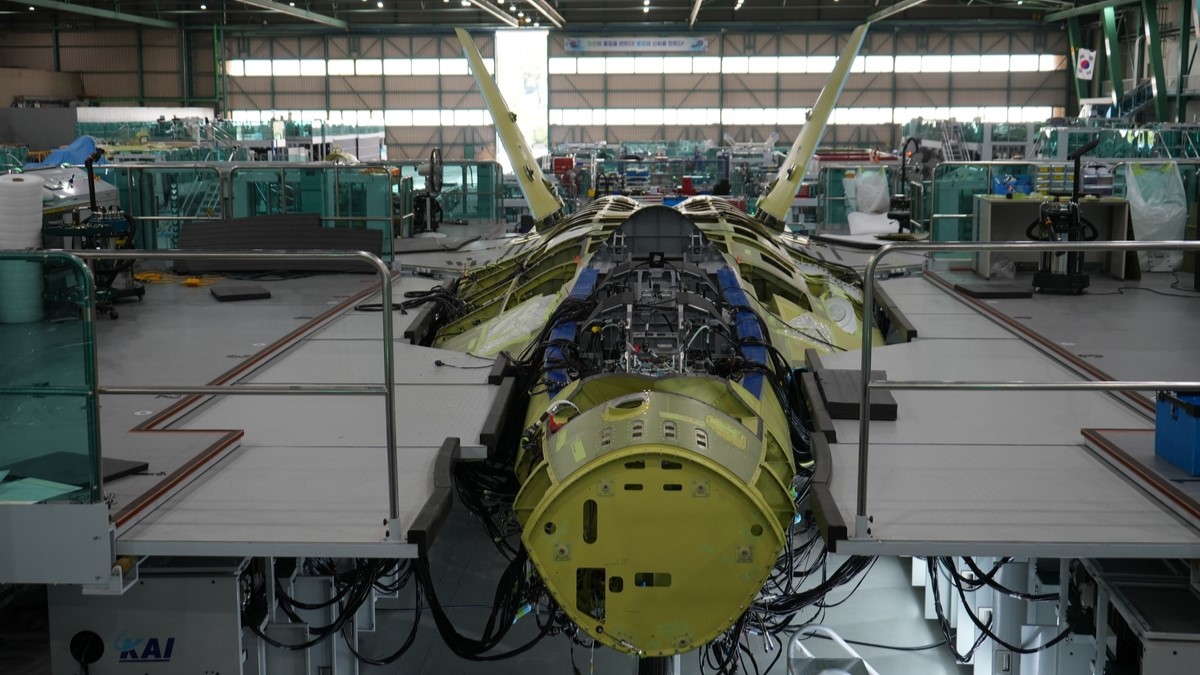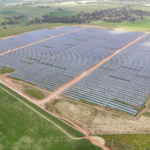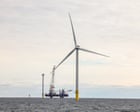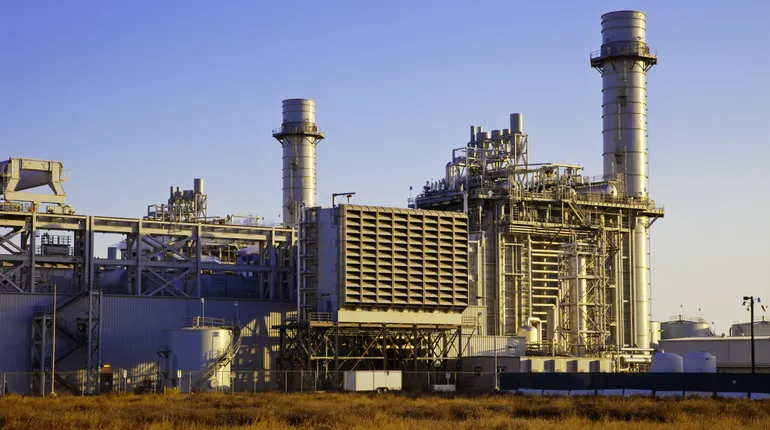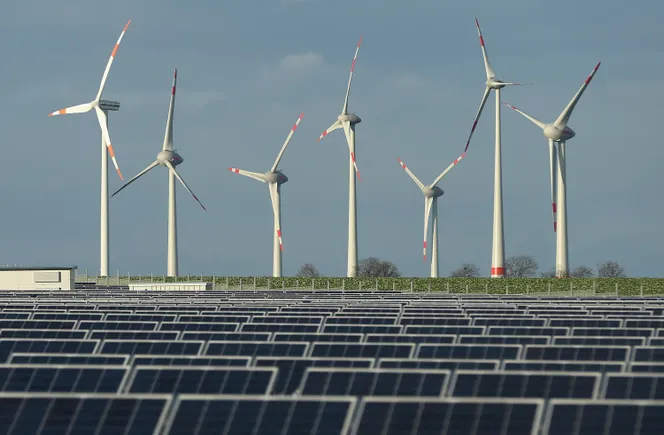Trump: Golden Dome to cost $175 billion, will be led by Space Force’s Guetlein
President Donald Trump said the project to develop a missile defense shield should be “fully operational” before the end of his term, and claimed Canada has asked to join the project.


U.S. President Donald Trump speaks alongside Secretary of Defense Pete Hegseth in the Oval Office at the White House on May 20, 2025 in Washington, DC. (Photo by Chip Somodevilla/Getty Images)
WASHINGTON — President Donald Trump today announced that his signature Golden Dome effort will cost $175 billion, and that he has tapped the Space Force’s Vice Chief of Space Operations, Gen. Michael Guetlein, to lead the project.
“Once fully constructed, the Golden Dome will be capable of intercepting missiles even if they are launched from other sides of the world, and even if they are launched from space, and we will have the best system ever built,” Trump said in an Oval Office briefing, flanked by Defense Secretary Pete Hegseth, US senators and Guetlein.
The Golden Dome project will be “fully operational” by the end of his term, Trump asserted, laying out an aggressive timeline for the sprawling, highly complex initiative. Canada has also asked to join the effort, according to Trump.
The program will first be funded by a $25 billion cash infusion Republican lawmakers laid out in a reconciliation bill, Trump said, though the legislation is now in limbo amid internal opposition among House GOP members.
Gueitlein, seen by many as a top contender to lead the Golden Dome effort, brings years of space experience to the role. He was previously the head of Space Systems Command and has worked directly with space systems like the Pentagon’s SBIRS missile warning and tracking constellation among other space-focused jobs.
The Golden Dome effort, which takes its name from Israel’s Iron Dome air defense system, was created by an executive order days after Trump took office in January. Like the dome in the name suggests, the initiative aims to create a veritable air defense shield around the American homeland to defend against a variety of threats, such as cruise and ballistic missiles and next-generation weapons like hypersonics.
The defensive plan wouldn’t exactly field a single system, officials have explained. Instead, Golden Dome will be a “system of systems,” first consisting of sensors that would then feed an arsenal of interceptors to knock down an inbound threat. Under the plan, that would involve terrestrial interceptors but also at least a number of space-based platforms meant to destroy missiles shortly after they get off the ground, while they’re still in a stage of flight known as the boost phase.
But Golden Dome has numerous obstacles, among them funding and the feasibility of a space-based interceptor architecture. Despite Trump’s $175 billion estimate today, others have said it could range in the hundreds of billions of dollars, and some officials like Montana Sen. Tim Sheehy even predicted that it could cost in the “trillions.”
The plan also has its critics. Arms control experts, for example, have warned the initiative could destabilize nuclear doctrine by undermining other nations’ second strike capability. Officials like Sen. Mark Kelly have also expressed doubt about whether the project is viable, whereas other Senate Democrats have raised ethics concerns due to the influence of Elon Musk’s SpaceX, which Reuters reported is a frontrunner to win some space-based Golden Dome work.
The Golden Dome could also run into some technical roadblocks. The air shield scheme would rely on radars that operate in the 3.1-3.45 GHz band of the electromagnetic spectrum, and DoD officials have warned that auctioning off portions of the spectrum for commercial use could jeopardize sensors critical to the Golden Dome effort. And officials have also described a chief challenge being not just fielding effective individual systems, but stitching them together in a usable and effective way.
All that said, missile defense expert Tom Karako told Breaking Defense that an effort of this kind is “long overdue.”
“The threat has spoken, and missiles have become weapons of choice. The global diffusion of reliable strike capability has made active missile defense a must have,” said Karako, the director of the Missile Defense Project and a senior fellow with the Defense and Security Department at the Center for Strategic and International Studies (CSIS). “The full spectrum of threats has to be addressed, from the UAS in the air littorals to the hypersonic gliders in the high stratosphere, to lots of fun things traversing in and through the vacuum of space.”





















